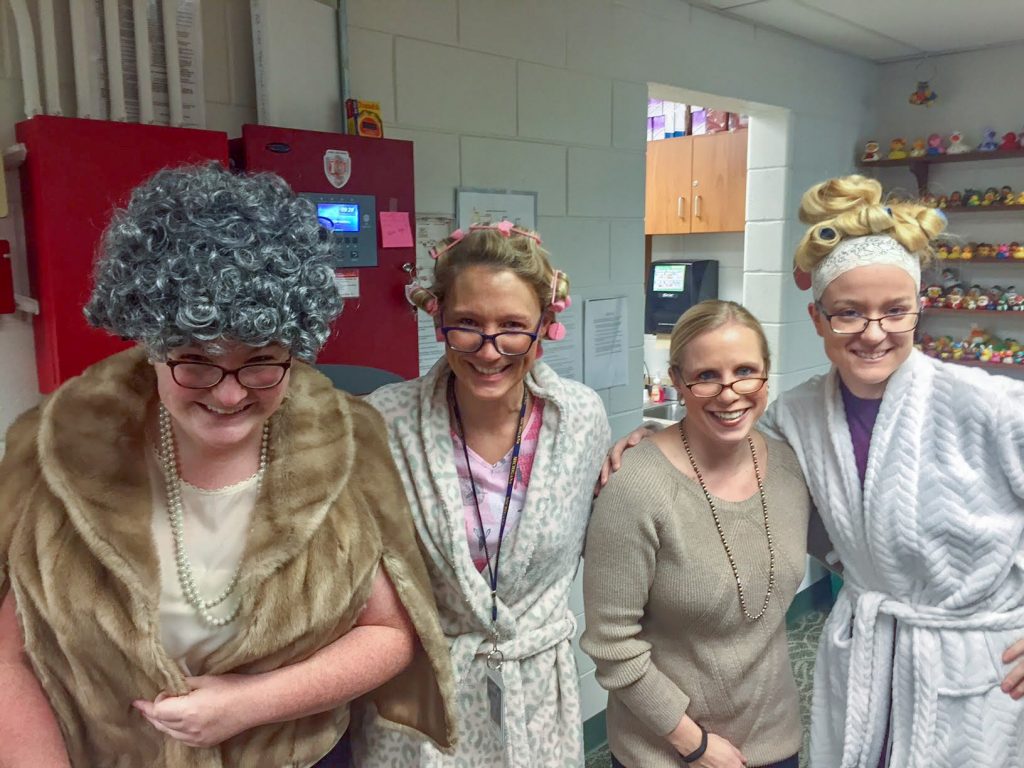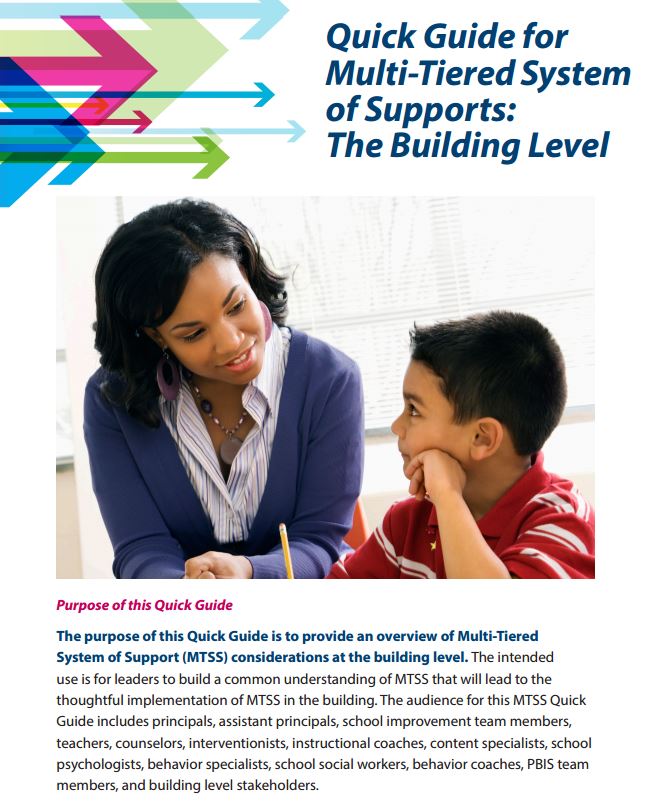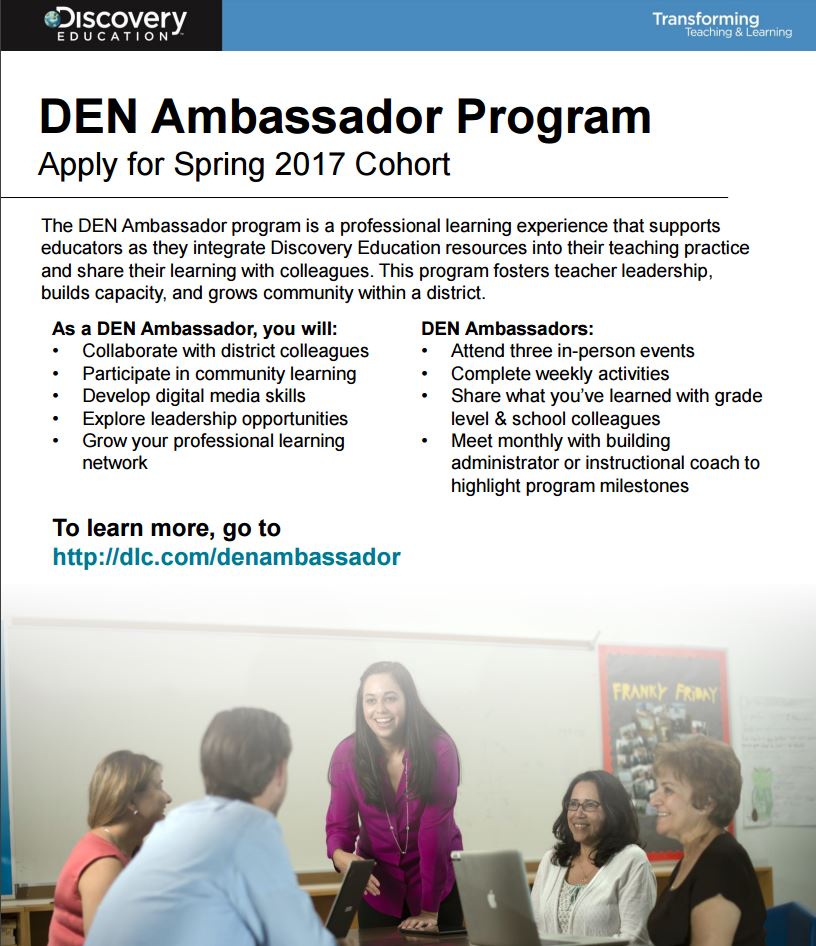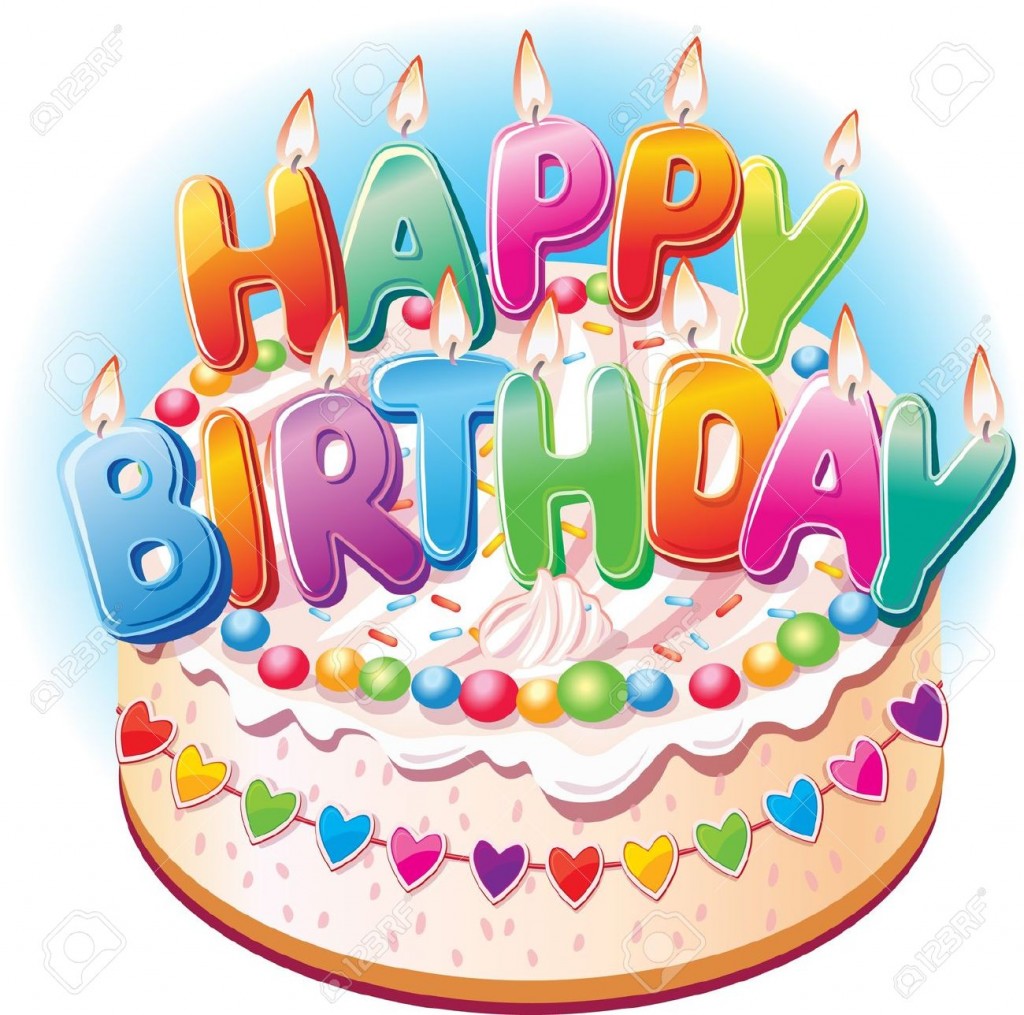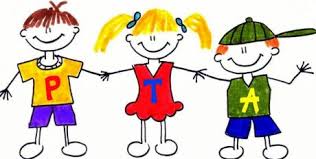You never know when Mr. Darga might
snag a fun photo for THE BLOG!!
Gotcha Michelle 🙂
Congratulations Founders Day 2017
Award Recipients
2/27/17. 6:00 PM. Board of Education Work Session.
3/2/17. 6:00 PTA Meeting. Art Room.
3/3/17. Lindemann Daddy / Daughter Dance.
3/8/17. Half Day for Students. 11:40 AM Dismissal.
3/12/17. Daylight Savings
3/13/17. 7:00 PM. Board of Education Mtg. LGI
3/17/17. Happy St. Pat’s Day
3/18/17. PTA/PTSA SPRING FEVER CRAFT FAIR. APHS.
3/22/17. Half Day for Students. 11:40 Dismissal
3/22 – 3/25. 5th GRADE CAMP
3/29/17. High School Professional Interview day
CONGRATULATIONS FOUNDERS DAY
AWARD RECIPIENTS!
M-STEP is approaching
With the onset of M-Step season, I want to bring some items back into focus (although this should be integrated all year). One of those items is the Depth of Knowledge chart that was originally shared last year in reference to the various levels of questioning that students will likely face in state testing, perhaps even in NWEA. If your students are not exposed to the various levels of questioning, they will certainly be disadvantaged on certain questions. Please take some time to review the question template, the resources, and the DOK and consider how you can apply this in math, reading, science, and social studies.
Higher Order Thinking Question Templates
HOTS for Teachers: 25 Top Resources For Higher Order Thinking Skills
12/4/2014 12:00:00 AM
- 5 Rules of Thumb for Designing HOTS Classroom Activities
http://www.slideshare.net/dkuropatwa/5-rules-of-thumb-designing-classroom-activities
A SlideShare show from Darren Kuropatwa - 5 Tech Friendly Lessons to Encourage Higher Order Thinking http://thejournal.com/articles/2012/09/24/5-mediarich-lesson-ideas-to-encourage-higherorder-thinking.aspx
An article from The Journal - Apps to Support Revised Blooms Taxonomy
http://www.livebinders.com/play/play?id=713727
An interactive resource site from Livebinders and Ginger Lewman - Children’s Complex Learning Skills Begin Forming Before They go to School http://news.uchicago.edu/article/2013/01/23/children-s-complex-thinking-skills-begin-forming-they-go-school
An article from the University of Chicago - Children Thinking Skills Blog
http://childrenthinkingskills.blogspot.com/p/high-order-of-thinking-skills.html
An article from Children’s Thinking Skills - Critical and Creative Thinking from Blooms Taxonomy
http://eduscapes.com/tap/topic69.htm
An article from Teacher Tap - Examples that Promote Higher Order Thinking Skills
http://teaching.uncc.edu/articles-books/best-practice-articles/instructional-methods/promoting-higher-thinking
An article from The Center for Teaching and Learning at UNC C - A Guide to Using Free Apps to Support Higher Order Thinkinghttp://learninginhand.com/blog/guide-to-using-free-apps-to-support-higher-order-thinking-sk.html
A resource site from Learning in Hand - Higher Order Thinking
http://www.pinterest.com/gladridge/higher-order-thinking
A resource site from Pinterest - Higher Order Thinking Skills
http://www.mcsk12.net/schools/peabody.es/hots/hots1.htm
A HOTS Resource site
- Higher Order Thinking Skill Activities
http://engagingstudents.blackgold.ca/index.php/division-iv/hotsd4/hotsd3s
A resource site from Black Gold Regional Schools - Higher Order Thinking Skills Daily Practice Activities http://www.goodreads.com/author_blog_posts/4945356-higher-order-thinking-skills-hots-daily-practice-activities
An article from GoodReads and Debra Collett - Higher Order Thinking Questions
An article from Edutopia - How to Choose Mobile Apps for Developing Higher Order Thinking Skills
http://blog.iste.org/choose-mobile-apps-developing-higher-order-thinking-skills/
An article from ISTE - How to Encourage Higher Order Thinking
http://www.readwritethink.org/parent-afterschool-resources/tips-howtos/encourage-higher-order-thinking-30624.html
An article from ReadWriteThink - How To Increase Higher Order Thinking
http://www.readingrockets.org/article/34655
An article from Reading Rockets - How to Increase Higher Order Thinking
http://www.readingrockets.org/article/34655
An article from Reading Rockets - A Model for the National Assessment of Higher Order Thinking http://www.criticalthinking.org/pages/a-model-for-the-national-assessment-of-higher-order-thinking/591
An article from the Critical Thinking Community - The New Blooms Taxonomy – Develop Higher Order Thinking Skills with Creativity Toolshttp://creativeeducator.tech4learning.com/v02/articles/The_New_Blooms
An article from Tech4Learning - Questioning to Promote Higher Order Thinking
http://www.pgcps.org/~elc/isquestiontopromote.html
A resource site from Prince George’s County Public School - Reading Comprehension and Higher Order Thinking
http://www.k12reader.com/reading-comprehension-and-higher-order-thinking-skills/
An article from k12reader - Teaching Kids to Use Higher Order Thinking Skills
http://www.youtube.com/watch?v=UYgVTwON5Rg
A video from Youtube
- Thinking Skills
http://www.thinkingclassroom.co.uk/ThinkingClassroom/ThinkingSkills.aspx
A resource site from Mike Fleetham’s Thinking Classroom - Thinking Skills Resources
A resource site from Lessonplanet - Using Technology to Promote Higher Order Thinkinghttp://leroycsd.org/HighSchool/HSLinksPages/ProblemSolving.htm
A resource site from LeRoy Central School District in NY
DOK_Chart
Kindergarten Information & Registration
February is Kindergarten Registration Month in Allen Park!
Allen Park Public Schools is ready to welcome your child for Kindergarten for the 2017-18 school year! The process is easy and we’re here to help.
Please share this information with friends, neighbors and family members who may have a child ready for Kindergarten next fall. Whether this is yourfirst childattending school, or you live in the district andalready have a child attending APPS, or already have a child attending APPS through ourSchool of Choice Program, we need you to enroll your school age/younger siblings through our registration process.
*The entry age for Kindergarten for the 2017-18 school year – child must be five years of age by September 1, 2017.
Kindergarten enrollment takes place at the Riley Education Center, 9601 Vine, Allen Park, Monday through Friday between the hours of 7:30 a.m. –3:30 p.m. (Office closedFebruary 20 & 21 for Mid-Winter Break)
Please bring:
§ Birth Certificate of Child
§ Driver’s License of Parent/Legal Guardian (for ID purposes)
§ Proof of residency (Warranty Deed/closing statement, tax or utility bill, homeowner’s insurance policy, rental agreement)
§ Current School of Choice Families – Name/grade of student currently enrolled in Allen Park Public Schools
§ Immunization Records or Wayne County Health Department Waiver (Required for enrollment)
§ Health Information Form/Physical (Required for entrance, but not required at time of enrollment)
§ Vision Screening Record (Required for Kindergarten enrollment)
For more information, please visit our website at apps.k12.mi.us or call (313) 827-2105.
MARK YOUR CALENDAR – KINDERGARTEN ROUND UP
MONDAY, MAY 8, 2017 – 6:30 p.m.
at Arno, Bennie and Lindemann Elementary
Young Fives or Kindergarten?
Young Fives Informational Meeting – March 21, 2017 – 6:30 p.m.
Location: Allen Park High School – LGI Room
Young Fives Screening Sessions – March 28-29, 2017
(Please see website under the “Schools” tab for more information)
*Children who are five years of age by September 2 thru December 1 may only be enrolled for kindergarten at the request of the parent/guardian through a signed waiver process. Waiver form is available at the Riley Education Center.
Kindergarten Information & Registration
- Turn 5 years old between July 1st and December 1st.
- Live in the Allen Park Public Schools district
- Could benefit from an extra year of social and emotional growth.
- Have made significant progress in preschool, but are not yet ready for the demands of Kindergarten.
- Have attended preschool (not a mandatory requirement, but strongly encouraged)
- Have a basic understanding of academic concepts
- Able to identify several letters, letter sounds, shapes, and colors.
Young Fives or Kindergarten?
Children enter kindergarten with a range of skills, including physical, cognitive, social, and emotional. Often, children who turn five years of age later than their peers will have a significantly different level of development than a child approaching their sixth birthday. For this reason, we offer a Young 5’s Program.
The program is designed for students who have a summer or fall birthdate. The focus of the program is to provide eligible children another year to learn and grow, helping to prevent them from experiencing the frustration of the high demands of kindergarten when they are not ready.
This program does not replace preschool or kindergarten; rather, our Young Fives Program offers an additional year as a gift of time. Enrollment in the Young Fives Program is a decision made in collaboration between parents, teachers, and administrators that begins with a screening process.
Students enrolled in the Young Fives Program have the opportunity to participate in a wide variety of activities designed to bridge the gap between preschool and kindergarten. Students engage in activities that teach thinking, reasoning, and decision-making skills. They also develop their listening, social/emotional, and literacy skills.
The Program allows children to use a hands on approach to learning. The curriculum is similar to kindergarten but moves at a slower more manageable pace. This program provides a strong foundation that helps children become more successful students and ignites a love for learning that lasts a lifetime.
Young Fives Informational Meeting
March 21, 2017 from 6:30-7:30 PM at:
Allen Park High School-LGI Room
18401 Champaign Rd
Allen Park, MI 48101
Young Fives Screening Sessions
March 28-29, 2017 at:
Lindemann Elementary
9201 Carter Ave
Allen Park, MI 48101
Sign up for a time slot by visiting:
http://tinyurl.com/AllenParkYoungFives
FREQUENTLY ASKED QUESTIONS
Q: Is the Young Fives Program full day?
A: Yes, the children start and end school with all other K-5 students.
Q: Where will my child go after completing the Young Fives Program?
A: Your child will advance to kindergarten.
Q: Do students in the Young Fives program attend gym, art, music, media and technology?
A: Young Five students attend these classes as well as lunch with our Kindergarten students.
Q: How many students are in the Young Fives Program.
A: Enrollment is limited to 15 children in the Young Fives Program.
http://www.apps.k12.mi.us/schools/young-5s/
INSTRUCTIONAL LEARNING CYCLES
INSTRUCTIONAL LEARNING CYCLES (ILCS)
Teaching is one of the most challenging, yet rewarding jobs in the world. The instructional practices of teachers, both good and bad, can have lasting effects on the academic achievement of students. In an effort to improve student learning, teachers are taking a closer look at their instructional practices and its impact upon student performance.
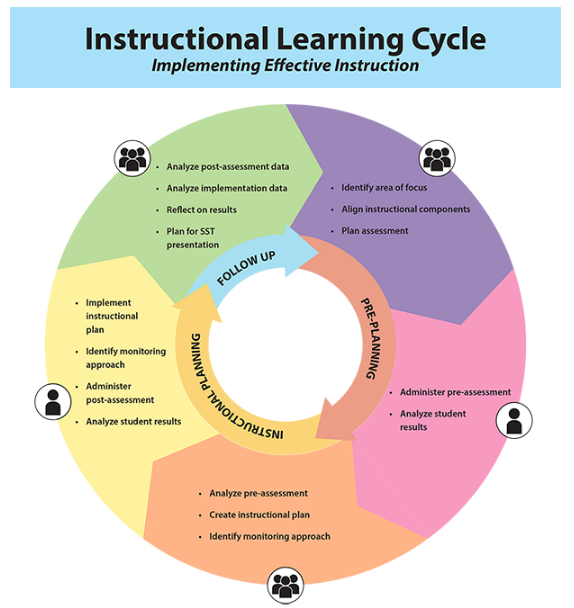
The Instructional Learning Cycle (ILC) is a process that promotes teacher collaboration and collective responsibility.
Teacher teams work collaboratively to engage in dialogue around research and evidence-based instructional strategies while using student data to make decisions about daily instruction. Teacher teams should consider the following essential questions to guide them through the process:
- What do we want students to know and be able to do?
- How will students demonstrate that they have acquired the essential knowledge and skills?
- How will we agree on the criteria that we will use in determining quality of student work, and can we apply the criteria consistently?
- How will we intervene for students who struggle and enrich the learning for students who are proficient?
- How will we use the evidence of student learning to improve our individual and collective professional practice?
The ILC process provides opportunities for teacher teams to plan collaboratively and create a quality instructional plan designed to meet a specific standard, while focusing instructional practices that aligns content, strategies and assessments. The collaborative meetings allow teacher teams to analyze their combined implementation and impact data in order to build a sense of collective responsibility for the learning of all students. Teachers are able to tier instruction to meet the needs of all students. Between meetings, teachers implement specific instructional strategies and gather student data through formative assessments. Each teacher collects and analyzes data on both the implementation of the strategy and the impact of the strategy on student learning within their own classroom. Once collection and analysis occurs, team members compare data amongst each other in order to share learning. Through this process, teachers are able to determine which strategies and instructional practices contributed to student performance.
Studies have shown that teaching and planning in isolation is no longer a best practice. Students achieve more and are better able to apply their knowledge when they experience collaboratively planned and taught curriculum (Hensen, 2006). The ILC offers a process that creates a blue print of effective collaboration and planning designed to meet the academic needs of all students.
Henson, K.T. (2006). Curriculum Planning: Integrating Multiculturalism, Constructivism, and Education Reform. Long Grove, Illinois: Waveland Press, Inc.



















